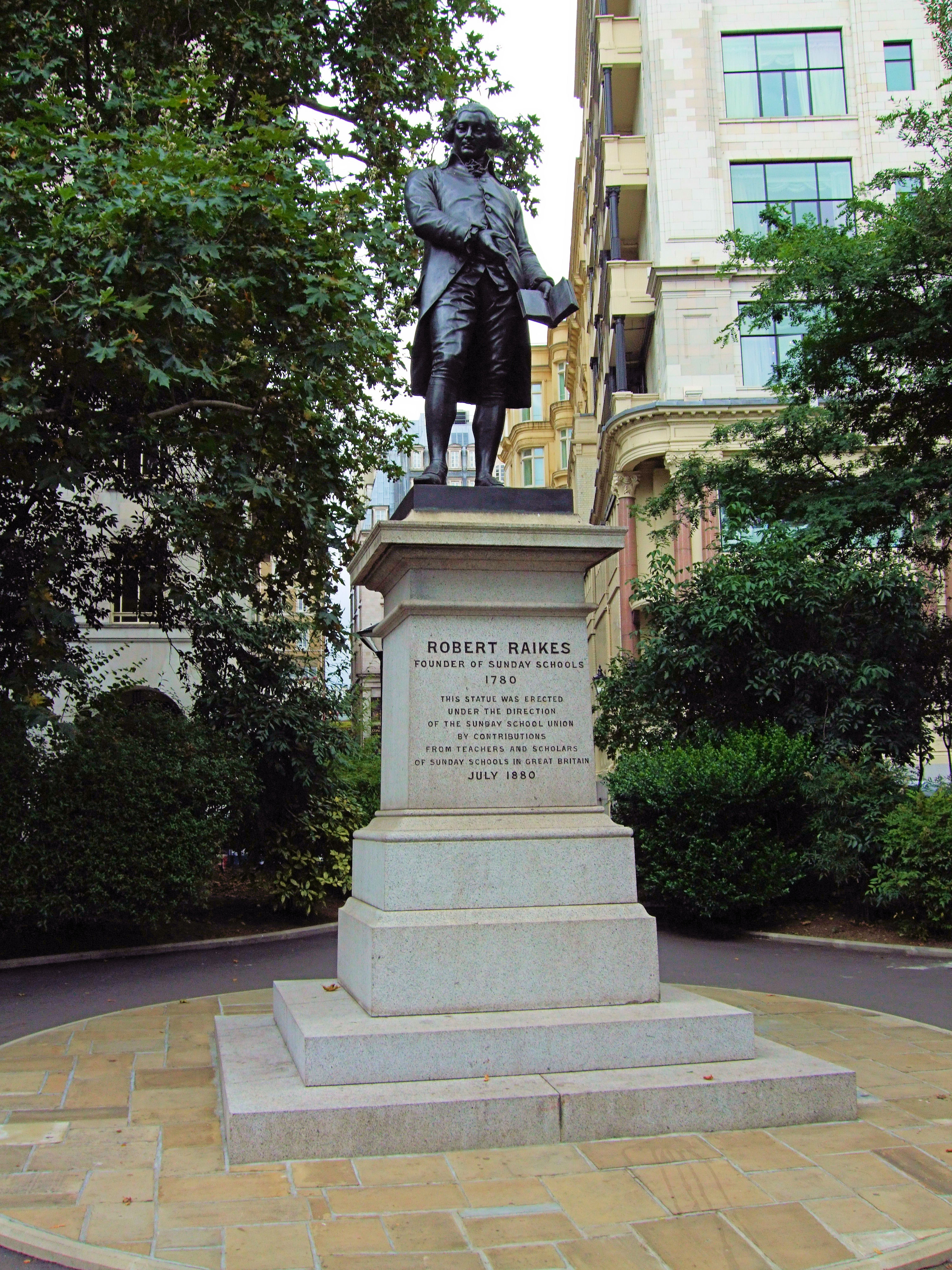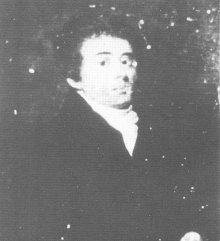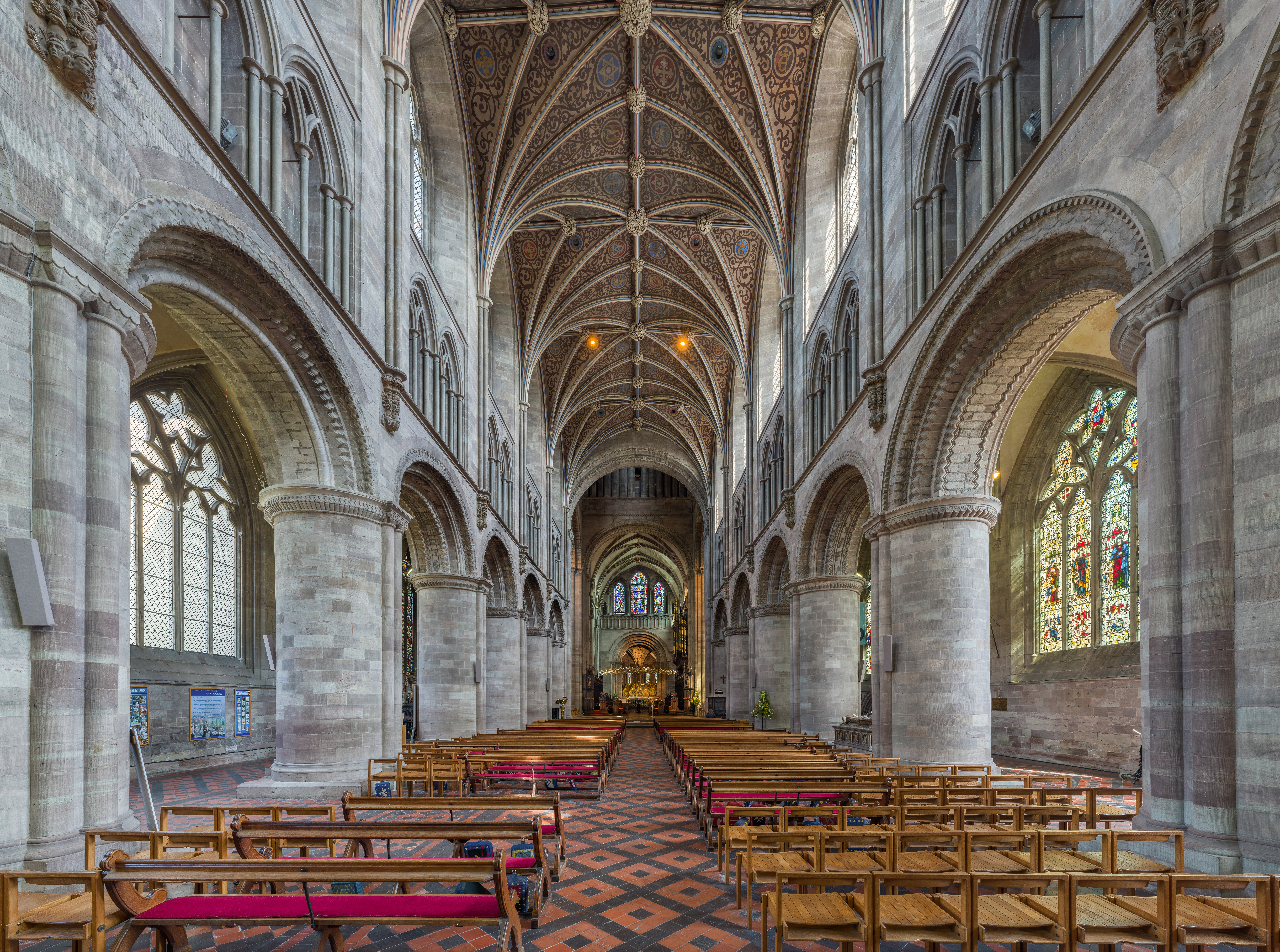|
Thomas Charles
Thomas Charles (14 October 17555 October 1814) was a Welsh Calvinistic Methodist clergyman of considerable importance in the history of modern Wales. Early life Charles was born of humble parentage at Longmoor, in the parish of Llanfihangel Abercywyn, near St Clears, Carmarthenshire. He was educated for the Anglican ministry at Llanddowror and Carmarthen, and at Jesus College, Oxford (1775–1778). In 1777 he studied theology under the evangelical John Newton at Olney. He was ordained deacon in 1778 on the title of the curacies of Shepton Beauchamp and Sparkford, Somerset; and took priests orders in 1780. He afterwards added to his charge at Sparkford, Lovington, South Barrow and North Barrow, and in September 1782 was presented to the perpetual curacy of South Barrow by John Hughes, Coln St Denys. Charles did not leave Sparkford until he resigned all his curacies in June 1783, and returned to Wales, marrying (on 20 August) Sarah Jones of Bala, the orphan of a flourishing ... [...More Info...] [...Related Items...] OR: [Wikipedia] [Google] [Baidu] |
William Roos
William Roos may refer to: * William Roos (artist) (1808–1878), Welsh artist and engraver * William Roos (writer) (1911–1987), American novelist, playwright, and screenwriter See also * William de Ros (other), a series of English barons sometimes spelled William de Roos or William Roos {{hndis, Roos, William ... [...More Info...] [...Related Items...] OR: [Wikipedia] [Google] [Baidu] |
Bala, Gwynedd
Bala ( cy, Y Bala) is a town and community in Gwynedd, Wales. Formerly an urban district, Bala lies in the historic county of Merionethshire, at the north end of Bala Lake ( cy, Llyn Tegid). According to the 2021 Census, Bala had a population of 1,999. 72.5 per cent of the population can speak Welsh. Toponym The Welsh word ''bala'' refers to the outflow of a lake. History The Tower of Bala ''(Welsh: Tomen y Bala)'' ( high by diameter) is a tumulus or "moat-hill", formerly thought to mark the site of a Roman camp. In the 18th century, the town was well known for the manufacture of flannel, stockings, gloves and hosiery. The large stone-built theological college, ''Coleg y Bala'', of the Calvinistic Methodists and the grammar school (now Ysgol y Berwyn), which was founded in 1712, are the chief features, together with the statue of the Rev. Thomas Charles (1755–1814), the theological writer, to whom was largely due the foundation of the British and Foreign Bible So ... [...More Info...] [...Related Items...] OR: [Wikipedia] [Google] [Baidu] |
Sunday School Society
The Sunday School Society was a British association of Sunday schools. History It was founded by Baptist deacon William Fox (deacon), William Fox on 7 September 1785 in Prescott Street Baptist Church of London. The latter had been touched by articles by the editor of the Gloucester Journal, Robert Raikes, on the problems of youth crime.Pastor Thomas Stock and Raikes have thus registered a hundred children from six to fourteen years old. Bible reading lessons were given by volunteer teachers in the morning and catechism took place in the afternoon. The society has published its textbooks and brought together nearly 4,000 Sunday schools. Dan GravesFox Organized Sunday School Society christianity.com, USA, May 3, 2010 See also * Sunday School Union References {{DEFAULTSORT:Sunday School Society 1785 establishments in England Defunct organisations based in England Christian ecumenical organizations Sunday schools ... [...More Info...] [...Related Items...] OR: [Wikipedia] [Google] [Baidu] |
John Thornton (philanthropist)
John Thornton (1720–1790) was a British merchant and Christian philanthropist who became immensely wealthy through investment in the North Sea Russia trade, and as a result of his Christian faith, gave much of his money away to a huge number of good causes, in so doing becoming the greatest philanthropist of the eighteenth century. Hugely successful in business, it was said that at the time of his death in 1790, Thornton had become the second most wealthy man in Europe. Early life and career Descended from a Hull family that had included five generations of merchants and local council officers who had been involved in the North Sea trade for several generations, John Thornton was born in Clapham, south of London in 1720 and was to inherit a huge fortune from his father Robert Thornton of Yorkshire, (1692–1742), a merchant who was to become a director of the Bank of England. His grandfather, also called John (1664–1731), had been one of Hull’s leading exporters of ... [...More Info...] [...Related Items...] OR: [Wikipedia] [Google] [Baidu] |
Charles Grant (British East India Company)
Charles Grant (Teàrlach Grannd in Scottish Gaelic; 16 April 1746 – 31 October 1823) was a British politician influential in Indian and domestic affairs who, motivated by his evangelical Christianity, championed the causes of social reform and Christian mission, particularly in India. He served as Chairman of the British East India Company, and as a member of parliament (MP), and was an energetic member of the Clapham Sect. The "Clapham Sect" were a group of social activists who spoke out about the moral imperative to end slavery. Henry Thornton founder of the Clapham sect regarded Grant as his closest friend, after Wilberforce, and Grant planned and paid for a house called 'Glenelg' on Henry's estate in Battersea. It was a twin to, and lay near to the house built on the same estate for Wilberforce after his marriage, the location of which is marked by a plaque at No.111 Broomwood Road, west of that section of Battersea Rise now called Clapham Common West Side. Grant later moved ... [...More Info...] [...Related Items...] OR: [Wikipedia] [Google] [Baidu] |
William Wilberforce
William Wilberforce (24 August 175929 July 1833) was a British politician, philanthropist and leader of the movement to abolish the slave trade. A native of Kingston upon Hull, Yorkshire, he began his political career in 1780, eventually becoming an independent Member of Parliament (MP) for Yorkshire (1784–1812). In 1785, he became an evangelical Christian, which resulted in major changes to his lifestyle and a lifelong concern for reform. In 1787, Wilberforce came into contact with Thomas Clarkson and a group of activists against the slave trade, including Granville Sharp, Hannah More and Charles Middleton. They persuaded Wilberforce to take on the cause of abolition, and he soon became the leading English abolitionist. He headed the parliamentary campaign against the British Slave Trade for 20 years until the passage of the Slave Trade Act of 1807. Wilberforce was convinced of the importance of religion, morality and education. He championed causes and campaigns ... [...More Info...] [...Related Items...] OR: [Wikipedia] [Google] [Baidu] |
Robert Raikes
Robert Raikes ("the Younger") (14 September 1736 – 5 April 1811) was an English philanthropist and Anglican layman. He was educated at The Crypt School Gloucester. He was noted for his promotion of Sunday schools. Family Raikes was born at Ladybellegate House, Gloucester, in 1736, the eldest child of Mary Drew and Robert Raikes, a newspaper publisher. He was baptised on 24 September 1736 at St Mary de Crypt Church in Gloucester. On 23 December 1767 he married Anne Trigge, with whom he had three sons and seven daughters: their oldest son, the Rev. Robert Napier Raikes, was the father of General Robert Napier Raikes of the Indian Army, while another son, William Henley Raikes, was a colonel in the Coldstream Guards and fought for the British in the Napoleonic Wars. Raikes's great-granddaughter Caroline Alice Roberts (1848–1920) was a fiction writer who married the composer Sir Edward Elgar. Sunday schools Robert was a pioneer of the Sunday school movement, although h ... [...More Info...] [...Related Items...] OR: [Wikipedia] [Google] [Baidu] |
Griffith Jones (Llanddowror)
Griffith Jones (early 1684 – 8 April 1761) was a Welsh minister of the Church of England and a promoter of Methodism. He is best known for spreading literacy in Wales with his circulating schools. Family background Jones was born in 1683 or 1684 at Penboyr, Carmarthenshire, and christened on 1 May 1684. His father was John Ap Gruffydd, "a godly father", and his mother Elinor John. Later in life, he married Margaret, who was described as a charitable and pious woman. Education After village school, Jones became a shepherd, but then entered Carmarthen Grammar School, with the aim of becoming a clergyman. About 1707 he applied for ordination, and according to John Evans of Eglwys Cymyn (1702–1782), was rejected more than once, but owing to the influence of Evan Evans, vicar of Clydeu, Pembrokeshire, he was at last ordained as a priest by Bishop George Bull in 1708. Circulating schools Jones was appointed in 1716 rector of Llanddowror, where he remained for the rest of his ... [...More Info...] [...Related Items...] OR: [Wikipedia] [Google] [Baidu] |
Caernarfonshire
, HQ= County Hall, Caernarfon , Map= , Image= Flag , Motto= Cadernid Gwynedd (The strength of Gwynedd) , year_start= , Arms= ''Coat of arms of Caernarvonshire County Council'' , Code= CAE , CodeName= Chapman code , Government= Carnarvonshire County Council (1889 - 1926)Caernarvonshire County Council (1926-1974) , PopulationFirst= 66,448Vision of Britain 1831 Census/ref> , PopulationFirstYear= 1831 , AreaFirst= , AreaFirstYear= 1831 , DensityFirst= 0.2/acre , DensityFirstYear= 1831 , PopulationSecond= 125,043 , PopulationSecondYear= 1911 , AreaSecond= , AreaSecondYear= 1911 , DensitySecond= 0.3/acre , DensitySecondYear= 1911 , PopulationLast= 121,767 , PopulationLastYear= 1961 , AreaLast= , AreaLastYear= ... [...More Info...] [...Related Items...] OR: [Wikipedia] [Google] [Baidu] |
Church Of England
The Church of England (C of E) is the established Christian church in England and the mother church of the international Anglican Communion. It traces its history to the Christian church recorded as existing in the Roman province of Britain by the 3rd century and to the 6th-century Gregorian mission to Kent led by Augustine of Canterbury. The English church renounced papal authority in 1534 when Henry VIII of England, Henry VIII failed to secure a papal annulment of his marriage to Catherine of Aragon. The English Reformation accelerated under Edward VI of England, Edward VI's regents, before a brief Second Statute of Repeal, restoration of papal authority under Mary I of England, Queen Mary I and Philip II of Spain, King Philip. The Act of Supremacy 1558 renewed the breach, and the Elizabethan Settlement charted a course enabling the English church to describe itself as both English Reformation, Reformed and Catholicity, Catholic. In the earlier phase of the Eng ... [...More Info...] [...Related Items...] OR: [Wikipedia] [Google] [Baidu] |
Methodist
Methodism, also called the Methodist movement, is a group of historically related Christian denomination, denominations of Protestantism, Protestant Christianity whose origins, doctrine and practice derive from the life and teachings of John Wesley. George Whitefield and John's brother Charles Wesley were also significant early leaders in the movement. They were named ''Methodists'' for "the methodical way in which they carried out their Christian faith". Methodism originated as a Christian revival, revival movement within the 18th-century Church of England and became a separate denomination after Wesley's death. The movement spread throughout the British Empire, the United States, and beyond because of vigorous Christian mission, missionary work, today claiming approximately 80 million adherents worldwide. Wesleyan theology, which is upheld by the Methodist churches, focuses on sanctification and the transforming effect of faith on the character of a Christians, Christian ... [...More Info...] [...Related Items...] OR: [Wikipedia] [Google] [Baidu] |
Llanymawddwy
Llanymawddwy () is a village in Gwynedd, Wales, which is to the north of the larger village of Dinas Mawddwy, on the minor road which connects Dinas Mawddwy to Llanuwchllyn over Bwlch y Groes. The most notable building is the parish church dedicated to Saint Tydecho, where the tradition of singing Matins endures. A. G. Edwards, the first Archbishop of the disestablished Church in Wales, was born in Llanymawddwy in 1848. According to local tradition, Bryn Hall was once haunted by a headless horseman The Headless Horseman is a mythical figure who has appeared in folklore around the world since the Middle Ages. The figure is traditionally depicted as a rider upon horseback who is missing his head. Description Depending on the legend, the Hor .... The haunting is said to have ceased after a grave belonging to the Lord's illegitimate child was found near the hall. References External links www.geograph.co.uk : photos of Llanymawddwy and surrounding area Villages i ... [...More Info...] [...Related Items...] OR: [Wikipedia] [Google] [Baidu] |






.jpg)